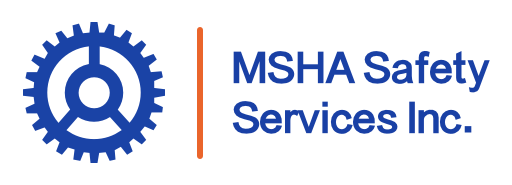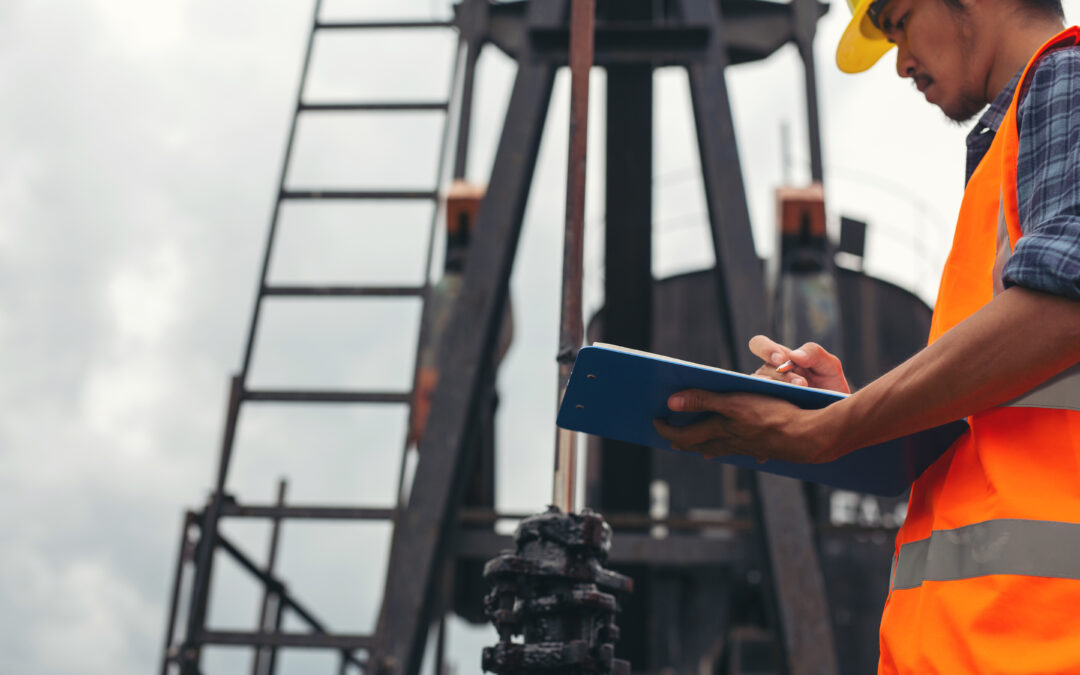Falls from mobile equipment continue to be a leading cause of injuries and fatalities in mining operations. From stepping down off a haul truck to climbing into a bulldozer or conducting routine maintenance checks, every interaction with large mobile machinery comes with inherent risk. Many of these incidents, however, are preventable.
With thoughtful equipment design, consistent maintenance routines, and a culture of safety awareness, mining operations can significantly reduce fall hazards and improve outcomes. This article explores how proper access and maintenance protocols are central to mobile equipment safety—and how to apply them in the real world.
Why Mobile Equipment Presents Unique Fall Risks in Mining
Unlike stationary installations, mobile mining equipment operates in constantly shifting environments. Operators and maintenance personnel often work on uneven ground, in low-light conditions, or during inclement weather. Machines vibrate and move through rough terrain, making safe access more difficult. Many entry points are elevated or awkwardly placed, forcing workers to navigate them at odd angles or without appropriate supports. These variables combine to create a uniquely high-risk setting where fall hazards are less predictable and harder to manage.
Access Points That Require Enhanced Safety Measures
Certain parts of mining vehicles are particularly vulnerable to fall-related incidents. Entry ladders, elevated cabs, rear steps, and engine compartments are all frequent points of interaction—and risk. Maintenance platforms, especially those used on larger equipment, can also become treacherous without proper surfacing or support structures. When these areas lack handholds, anti-slip surfacing, or sufficient lighting, the danger escalates. Even a short fall from a step or platform can lead to serious injury, especially when heavy machinery is involved.
Steps to Safely Mount and Dismount Mobile Mining Equipment
Mounting and dismounting equipment might seem routine, but it’s one of the most dangerous activities in a miner’s day. Workers should be trained to always maintain three points of contact and never to jump down from machinery. Before stepping onto equipment, it’s crucial to inspect the area for mud, loose gravel, or ice, all of which can compromise footing. Hands should be free to grip rails or handles, so tools or objects should never be carried while climbing. These practices, when consistently applied, dramatically reduce the risk of preventable falls.
The Role of Anti-Slip Surfaces and Handholds on Mobile Equipment
Safe access depends heavily on physical design features, particularly the use of anti-slip coatings and secure handholds. Surfaces must be textured or treated to provide traction even when wet, oily, or dusty. Drainage systems should be incorporated to prevent puddles or buildup. Handholds, when properly positioned near access points, offer support and improve stability. These grips should be clearly visible, free of damage, and built to withstand regular use. When installed and maintained correctly, they form the backbone of mobile equipment safety.
Designing Access Systems That Reduce Fall Hazards on Vehicles
Modern mining vehicles are increasingly being designed with built-in safety considerations, including improved access systems. Steps and ladders are now more often installed along the sides of equipment, allowing forward-facing movement and reducing the need for awkward climbs. Enclosed ladders with handrails, improved lighting, and better visibility are becoming the standard.
For older machines, retrofitting these improvements can dramatically enhance safety and extend the equipment’s usability. Design isn’t just about function—it’s also about preventing injury through thoughtful layout and integration.
Routine Maintenance Practices to Keep Access Systems Safe
Even the best-designed systems become dangerous without upkeep. Regular maintenance is essential to ensure that slip-resistant surfaces remain effective and that bolts, rails, and lights stay in working condition. Mud, grease, and ice can build up quickly and turn a safe surface into a hazard. That’s why access inspections should be part of every maintenance schedule. Treating these tasks as safety-critical, rather than secondary, reinforces their importance and prevents avoidable accidents.
Inspection Checklists for Mobile Equipment Access Systems
Formalized inspection routines help maintain consistent safety standards. Instead of relying on ad hoc checks, operations should follow detailed inspection checklists that cover all access points. Secure ladders, intact steps, properly fastened grab bars, and well-lit entry zones are just a few of the elements to monitor. Clean platforms and unobstructed access routes must also be verified. These proactive evaluations not only support compliance but also catch small problems before they become costly incidents.
Training Operators to Recognize and Avoid Fall Risks
Operator training plays a foundational role in fall prevention. Workers need to be taught how to identify unsafe conditions, from worn steps to missing handrails, and how to respond appropriately. Training should also include daily equipment walkarounds, proper use of entry systems, and emergency procedures in the event of a slip or fall. Just as importantly, when operators understand why these steps matter, they’re more likely to take them seriously and help instill a culture of accountability across the team.

Regulatory Requirements for Mobile Equipment Access Safety
Regulations from MSHA (Mine Safety and Health Administration) outline clear requirements for mobile equipment safety. These include standards for access design, lighting, inspection intervals, and hazard correction. For instance, under 30 CFR § 77.1607, equipment must be equipped with safe, durable access systems. These aren’t just compliance issues—they’re necessary practices to ensure workers can do their jobs without unnecessary risk. Meeting regulatory requirements protects both people and the operation from preventable losses.
Practical Solutions for Safe Access and Fall Prevention
Simple improvements often yield substantial gains. For instance, installing high-visibility paint on step edges can help workers better gauge their footing in low light. Motion-activated lighting can improve visibility at night or in enclosed areas. Portable anti-slip mats are effective in adverse weather conditions, and clear signage at entry points reinforces safety behaviors such as maintaining three points of contact. Organizing tools and accessories like scrapers or lights on shadow boards reduces clutter and supports smoother, safer access.
Optimizing Worker Safety: The Importance of Proper Access Systems in Mining
The small details in equipment design—like step height, ladder angle, and handhold placement—can mean the difference between a safe climb and a serious fall. Investing in access system upgrades, operator education, and preventative maintenance directly reduces injury rates and improves productivity. These systems aren’t just accessories; they are essential components of a safety-focused mining operation. When workers trust the infrastructure that supports them, they perform better and more safely.
Safer Access, Safer Operators, Safer Mines
Creating safer mining operations starts with treating fall prevention as a top priority and not an afterthought. By focusing on access system design, ongoing maintenance, effective training, and consistent inspections, mining teams can eliminate many of the risks associated with mobile equipment. The goal is simple: ensure every step a worker takes—up, down, or across a machine—is a safe one. Through smart design and intentional habits, the mining industry can move closer to a future where every operator goes home injury-free.

